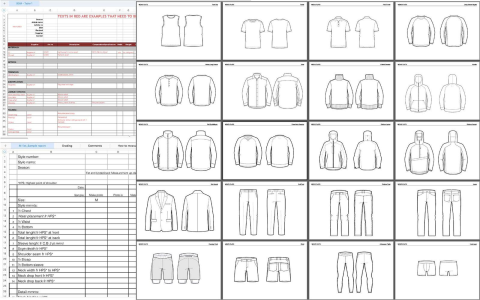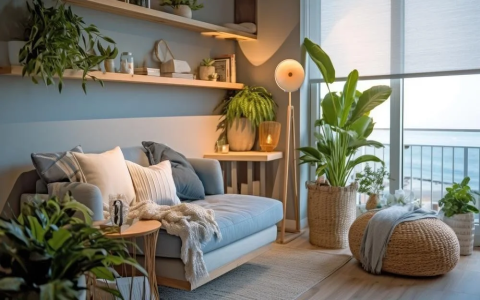Okay, so I’ve been messing around with this idea, this mix of clothes and tech stuff. People call it fashiontech. Sounded kind of interesting, maybe a bit out there, but I figured, why not give it a shot myself? See what it’s all about, you know, get my hands dirty.

Getting the Idea Rolling
It started pretty simply. I saw some jackets online with lights built in, looked pretty cool. Thought to myself, “Hey, maybe I could do something like that?” Not aiming for anything fancy, just wanted to see if I could actually make a piece of clothing do something electronic. Decided an old denim jacket I had lying around would be the perfect victim for my experiment.
Hunting for Parts
First things first, I needed the bits and pieces. Did some searching online. Found out I needed special thread, called conductive thread, that actually carries electricity. Weird, right? Then I needed some tiny lights, LEDs they call them, but ones you can actually sew onto fabric. Also grabbed a small computer chip thingy, a microcontroller board specifically designed for sewing into clothes – I think it was a LilyPad type, or something similar. And of course, needed a small battery pack to power it all. Ordered everything online and then had to play the waiting game for it all to show up.
Putting It All Together (The Hard Part)
Once the package arrived, I spread everything out. Felt a bit like starting a weird puzzle.
- Planning: I grabbed the jacket and a pen, sketched out a simple pattern on the back where I wanted the lights to go. Nothing complicated, just a few lights in a row.
- Sewing with Metal Thread: Okay, this was way harder than I thought. That conductive thread is tricky. It’s thicker than normal thread, and you absolutely cannot let the positive and negative threads touch each other, or bam, short circuit, nothing works. My sewing lines looked pretty wobbly. Had to redo parts multiple times. Honestly, it was kind of frustrating. Definitely poked myself with the needle more than once.
- Wiring it Up: After finally getting the threads sewn in place to connect the spots for the LEDs and the controller board, I started attaching the components. Sewed the little LEDs onto their spots, making sure the positive side connected to the positive thread path and negative to negative. Same for connecting the threads to the right spots, the pins, on the microcontroller board. Then attached the battery holder. Lots of careful checking to make sure I didn’t cross anything.
- Telling it What to Do: Then came the computer part. Hooked the microcontroller board up to my laptop. Had to download some software, the Arduino IDE, I think it was called. Found some basic code online for making LEDs blink. Copied it, tweaked it a bit to match the pins I used and the number of lights I had. Uploaded the code to the board. Held my breath.
Did It Work? Sort Of…
Plugged in the battery. Success! Well, partial success. A couple of the lights flickered on, but one stayed stubbornly off. Ugh. Back to checking my messy sewing. Found a spot where the conductive thread looked a bit loose. Carefully added a few more stitches. Tried again. Yes! All lights blinking in sequence. Felt like a genius for about five minutes.
It wasn’t perfect, mind you. The battery pack felt a bit bulky attached inside the jacket, and I wouldn’t exactly call my sewing professional grade. Plus, the batteries seemed to run down faster than I expected. But hey, the lights blinked! My jacket was officially tech-enhanced, made by me.

What I Reckon Now
So, what did I learn? Mostly that making this stuff is fiddly work. Sewing with that conductive thread requires patience, lots of it. The coding part was surprisingly manageable for a simple blinking effect, plenty of help online for beginners. It definitely gave me more respect for the polished fashiontech items you see for sale – making something that looks good, works reliably, and is comfortable is a whole other level.
It was a fun project, though. Good way to spend a weekend and learn something new. Not sure if I’ll be adding electronics to my whole wardrobe anytime soon, but it was cool to actually build something like that myself. Made me look at clothes and tech in a slightly different way.




